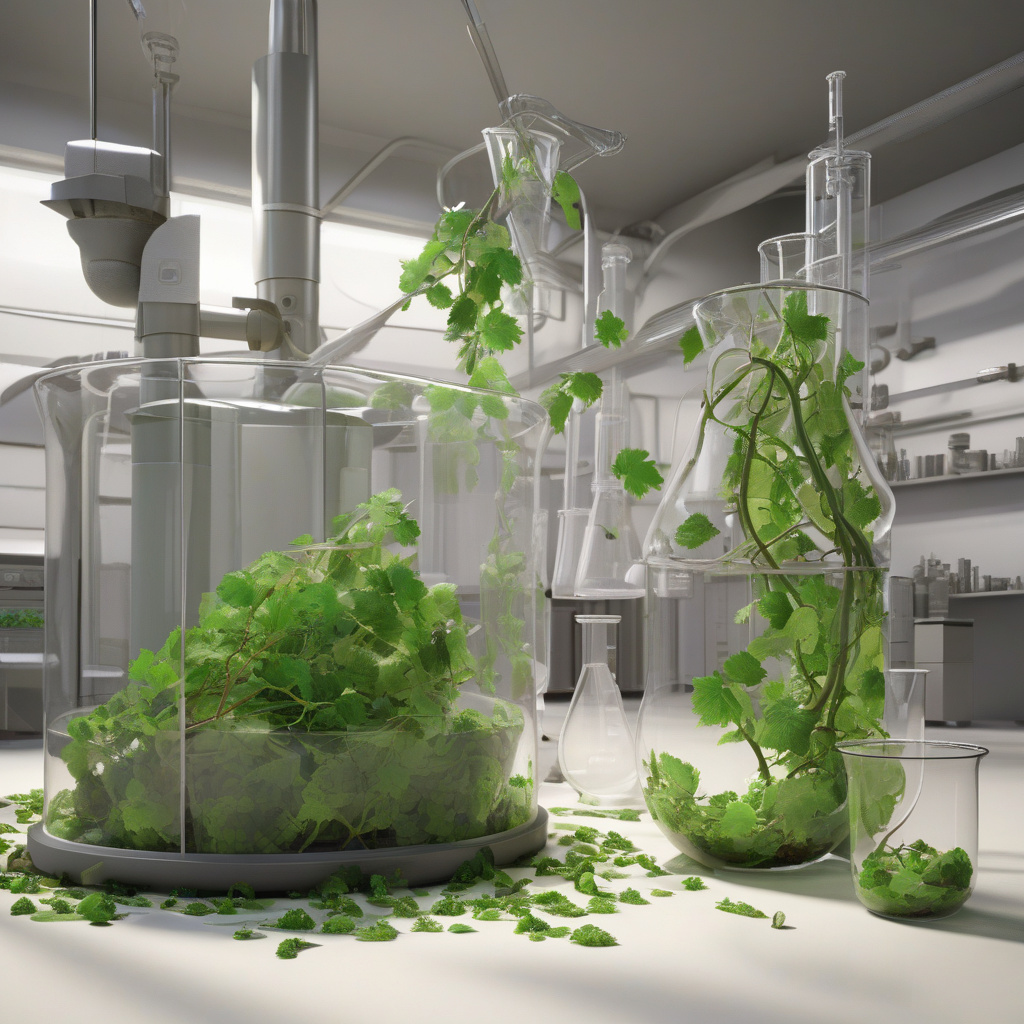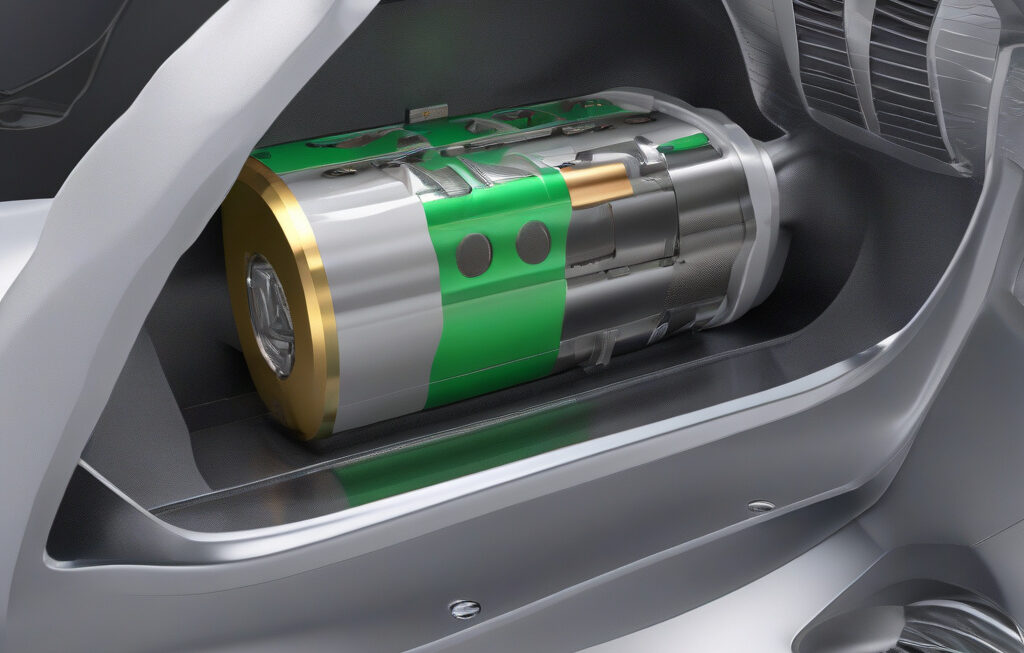Grapevine Waste Turned into Stronger Plastic Alternative, Biodegrades in 17 Days
Researchers in the U.S. have turned disposed grapevine canes into a plastic-like material that is not only a sustainable alternative but also stronger than traditional plastics. This innovative approach not only addresses the issue of grapevine waste but also provides a solution to the environmental problems associated with conventional plastics.
The process of transforming grapevine waste into a biodegradable plastic alternative involves extracting cellulose nanocrystals from the disposed canes. These nanocrystals are then combined with a biodegradable polymer to create a composite material that exhibits impressive strength and durability. In fact, the resulting material is reported to be up to three times stronger than traditional plastics.
One of the key advantages of this new material is its biodegradability. While traditional plastics can take hundreds of years to decompose, this grapevine-based alternative breaks down in just 17 days. This rapid biodegradation not only reduces the material’s environmental impact but also offers a practical solution to the problem of plastic pollution.
Moreover, the use of grapevine waste in the production of biodegradable plastics helps in utilizing a resource that is often considered as agricultural byproduct. By repurposing disposed grapevine canes, this innovative approach contributes to the circular economy by reducing waste and minimizing the need for virgin materials.
The potential applications of this grapevine-based plastic alternative are vast. From packaging materials to disposable cutlery, this sustainable material can be used in various industries where traditional plastics are currently dominant. By offering a biodegradable and stronger alternative, it presents a compelling option for businesses looking to reduce their environmental footprint.
Furthermore, the development of this grapevine-based plastic alternative highlights the importance of innovation in addressing sustainability challenges. By thinking outside the box and leveraging natural resources in new ways, researchers have been able to create a material that not only performs well but also aligns with the principles of a circular economy.
As consumers and businesses alike become more conscious of the environmental impact of their choices, the demand for sustainable alternatives to traditional plastics continues to grow. Innovations like the grapevine-based plastic offer a glimpse into a future where materials are not only strong and functional but also environmentally friendly.
In conclusion, the transformation of grapevine waste into a stronger, biodegradable plastic alternative represents a significant step towards a more sustainable future. By harnessing the potential of agricultural byproducts and biodegradable materials, researchers have demonstrated that innovative solutions can help address pressing environmental challenges while offering practical alternatives to conventional plastics.
#GrapevineWaste, #PlasticAlternative, #Biodegradable, #Sustainability, #CircularEconomy












